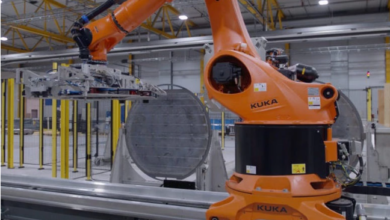Hydrogen economy is making platinum attractive for investors

Platinum has a key role in the hydrogen economy and is luring investors to the precious metal. Investment demand has remained strong as platinum’s links with the hydrogen economy continue to attract investor interest, the World Platinum Investment Council said in its latest quarterly report published today.
Platinum demand is anticipated to increase by 3%, reaching 7,992 thousand ounces, while supply will recover 17%, standing at 7,932 thousand ounces resulting in a small deficit this year. This would be the third consecutive annual deficit. Platinum demand is expected to be driven predominantly by strong recoveries in automotive, jewellery and industrial demand.
Platinum is used in electrolysers to produce green hydrogen and goes into fuel cells to run hydrogen-powered vehicles. However, due to its high costs, researchers are looking for substitutes as well as opting for other technologies.
The council expects that the long-term demand potential for platinum now looks exceptionally strong. In the backdrop of platinum replacing palladium in the auto sector and the development of hydrogen generation and FCEV applications, would add over one million ounces of additional platinum demand by 2025, which would further rise to over two million ounces by 2030.
“We believe that platinum’s positive demand outlook should provide investors with a strong incentive to continue to build platinum exposure from current levels,” the report reads.
Trevor Raymond, Director of Research at World Platinum Investment Council (WPIC), told H2Bulletin that there really isn’t much demand growth in the hydrogen economy over the next few years, indeed a chunky amount at the end of 10 years, but nothing since.
Despite the limited volumes in short to medium terms, the hydrogen economy still plays an important role in driving platinum demand. Investors are returning to the market owing to the hydrogen economy and exploring investment opportunities.
Some investors can certainly invest in the platinum ETF. Several years ago, billion dollars were invested in lithium ETF assumed that by 2020, there would be 20% battery-electric vehicles on the road. Investors bought the lithium ETF, assuming battery penetration would be 20%. In the last decade, electric vehicle penetration was far more disappointing than anybody expected. Investors still had the billion dollars investments into lithium into cobalt into nickel. The use of platinum in the hydrogen economy doesn’t seem similar to just buying lithium or cobalt for batteries. Still, there might be some involvement in it.
Mr Raymond stressed that the real important issue isn’t about how much platinum goes into electrolysers, as long as there are fundings for gigawatts projects. We see 40 gigawatts in 10 years, which has already been published in the EU strategy. We think 30 gigawatts for China is conservative; they are adding another 300 gigawatts of renewable power. The important thing is whether it is a PEM or alkaline, as long as the cost of hydrogen gets down below $2 per kilogram, green hydrogen would be chosen over fossil fuels for both industrial use and in transport.
